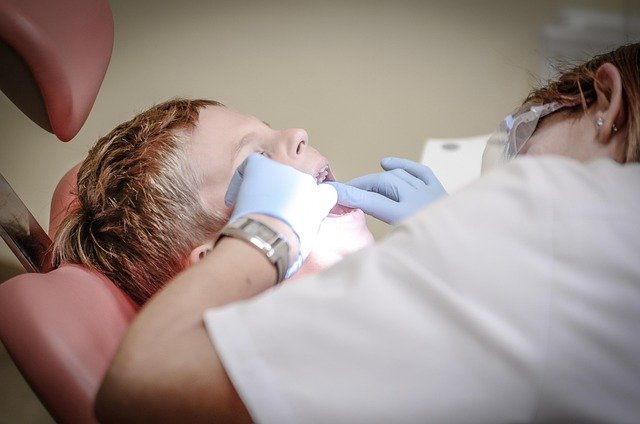The Growing Phenomena of Pet Therapy in Modern Society
The therapeutic and healing contributions of animals to human lives are a growing trend in modern society. With the rise of pet therapy, the bond between humans and animals has taken on a whole new meaning. Read below to discover how pet therapy is reshaping people’s lives and society at large.
The Concept and Rise of Pet Therapy
Pet therapy, also known as Animal-Assisted Therapy (AAT), has seen a significant surge in recent years. As a holistic approach to healing, it involves the use of animals to promote emotional, psychological, and physical health. The therapeutic interaction between patients and animals is believed to reduce stress, improve mood, and even accelerate recovery times. This practice has been integrated into various sectors of society, from hospitals and schools to prisons and elderly homes, proving its effectiveness in different settings.
The Impact of Pet Therapy on Mental Health
In a world where mental health issues are on the rise, pet therapy has emerged as a supportive tool. The simple act of petting an animal can release endorphins, known as “feel-good” hormones, reducing feelings of anxiety, depression, and loneliness. Therapy animals, especially dogs and cats, offer unconditional affection and companionship, serving as a source of comfort and emotional support for individuals struggling with mental health issues.
Pet Therapy in Educational and Correctional Systems
Pet therapy has also found its place in schools and correctional institutions. In educational settings, therapy animals can enhance learning experiences, improve students’ social skills, and reduce classroom stress. Meanwhile, in prisons, pet therapy programs have been shown to foster empathy, responsibility, and positive behavioral changes among inmates, contributing to their rehabilitation process.
Pet Therapy and the Elderly Population
For the elderly, particularly those in care homes, pet therapy can provide a sense of purpose and companionship. Interacting with therapy animals can alleviate feelings of isolation, improve physical activity, and stimulate memory recall in dementia patients. Pet therapy is proving to be a powerful tool in enhancing the quality of life for our aging population.
The Societal Implications of Pet Therapy
The rise of pet therapy reflects a societal shift towards more holistic approaches to health and wellbeing. It underscores the recognition of the human-animal bond’s therapeutic potential, promoting empathy, compassion, and a greater appreciation for all life forms. As pet therapy continues to grow, it is reshaping societal attitudes towards animals and their role in human health.
Useful Tips and Facts:
- Pet therapy can benefit people of all ages, from children to the elderly.
- A variety of animals can be used in pet therapy, including dogs, cats, horses, and even rabbits.
- Pet therapy can be a complementary treatment to traditional therapies and medication.
- Therapy animals are specially trained to handle different environments and people.
The rise of pet therapy in modern society is a testament to the profound bond between humans and animals. As we continue to discover the therapeutic benefits of this interaction, it is clear that the role of animals in our lives and society is evolving. Whether it’s in schools, hospitals, prisons, or care homes, pet therapy is making a positive difference, paving the way for a more empathetic, compassionate society.





